
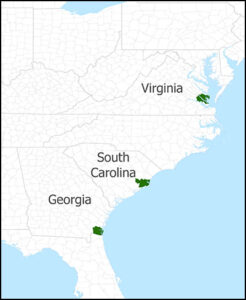
RCF Project Overview
The Green Infrastructure Center (GIC), Virginia Department of Forestry (VDOF), Georgia Forestry Commission (GFC) and South Carolina Forestry Commission (SCFC) evaluated threats that may impact coastal forests. The two-year project was funded by the states and the US Forest Service and concluded in 2020. See links to final reports below and a guide for replicating the process.
Coastal forests are being impacted by various threats – from development, to insects, to changes in weather, to fire risks. Climate change can cause both longer periods of drought, as well as more extreme weather events (high winds and greater amounts of rain). Longer and hotter periods can cause tree stress and make forests more susceptible to pest damage. Salt can damage coastal forests far from the shore as hurricanes carry saline water far inland. Furthermore, permanent changes in sea levels can deplete coastal forest buffers. The RCF project assessed the condition of our coastal forests and the actions we can all take to ensure our forests are healthy long into the future.
Resiliency refers to a system’s ability to maintain its structure and function in the face of change. A resilient forest is one that, in the future, will still function, even though there may be changes to forest species and conditions.
Why Was the RCF Project Initiated?
Coastal communities are increasingly impacted by storm surges, temperature extremes and development pressures, resulting in damage to critical coastal ecosystems. Rising water tables, increased exposure to flooding and escalating temperatures increase tree stress and promote a host of forest health issues. Development results in forest loss, exposed shore lines, decreasing critical habitat and increasing stress on remaining forests. Meanwhile, storm events continue to damage coastal forests, especially those in the urban interface, which are under additional stresses from the built environment. This project helped coastal communities map, evaluate, protect and plan for coastal forest resiliency in the face of a changing climate.
Participation
Each state had:
- A State Advisory Group of representatives from each state’s forestry department, plus other state agencies.
- A Regional Advisory Group of representatives of local government officials, local foresters and other natural resource agencies, conservation groups and related organizations.
- Community Engagement: Local meetings are held several times a year to include community knowledge and share findings.
Outcomes
The primary outcomes are a Resiliency Plan and a method for both assessing coastal forests and developing actionable steps to increase coastal forest resiliency. Ultimately, each coastal forest community will have a more strategic and effective process to ensure their forested landscapes are resilient – both in urban and rural areas.
Each participating coastal forest community received:
- A detailed land cover map that characterizes forest area extent and high-value significant habitats.
- Calculation of benefits provided by the forested coastal landscape (e.g. storm buffering, pollution reduction and recreation.).
- A threats analysis to the coastal forested landscape, including storm surge potential, development risks, potential pest outbreaks and existing pest impacts, invasive herbaceous species, temperature changes and resultant heat stress, potential coastline changes and loss of coastal forests, and fire potential.
- A resiliency plan linking risks to opportunities for intervention (e.g. evaluating storm risks pre-storm, minimizing development in fire-prone and flood prone areas, and planning for forest change).
- A web map depicting information to use for planning and management of coastal forests in each state.
- A case study book detailing the process and outcomes, as well as how to replicate the process for coastal communities.
- Implementation training workshops (one per state), presentation, and a webinar.
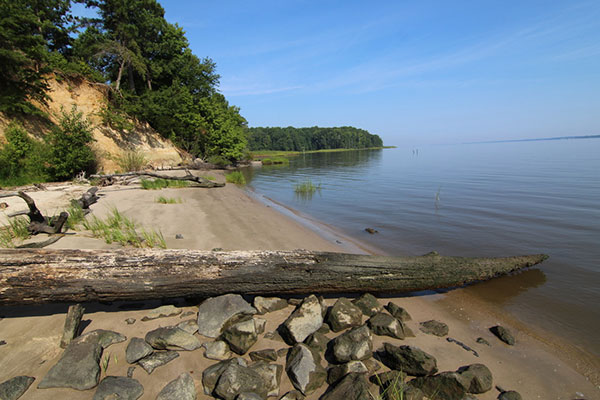
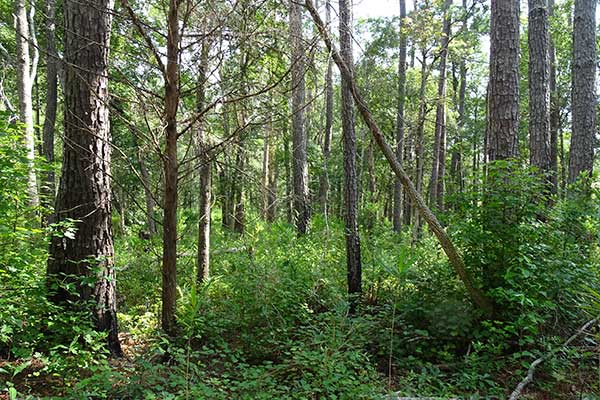

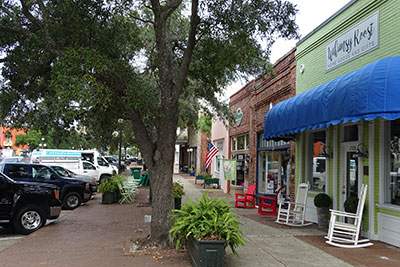
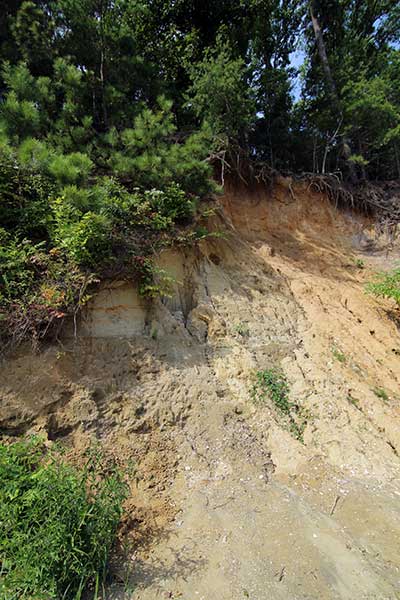


Also check out our Resources page to see our many planning books authored by GIC!
Comments or questions?
Contact GIC at 434-286-3119 or
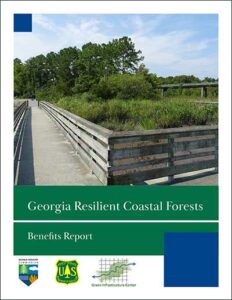 Georgia Resilient Coastal Forests Benefits
Georgia Resilient Coastal Forests Benefits 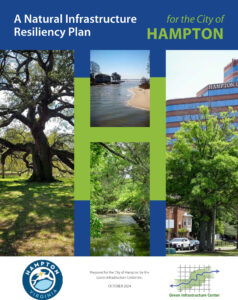 Hampton Natural Infrastructure Resiliency Plan
Hampton Natural Infrastructure Resiliency Plan 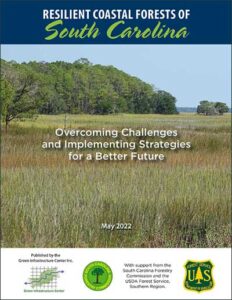 Resilient Coastal Forest of South Carolina
Resilient Coastal Forest of South Carolina 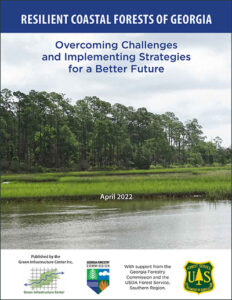 Resilient Coastal Forests of Georgia
Resilient Coastal Forests of Georgia 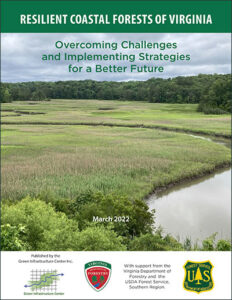 Resilient Coastal Forests of Virginia
Resilient Coastal Forests of Virginia 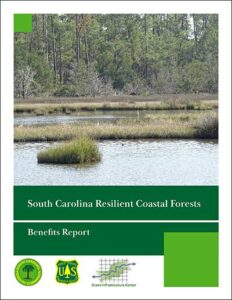 South Carolina Resilient Coastal Forests Benefits
South Carolina Resilient Coastal Forests Benefits 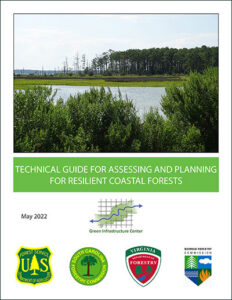 Technical Guide For Assessing And Planning For Resilient Coastal Forests
Technical Guide For Assessing And Planning For Resilient Coastal Forests 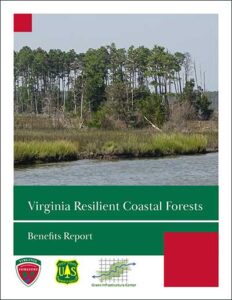 Virginia Resilient Coastal Forests Benefits
Virginia Resilient Coastal Forests Benefits